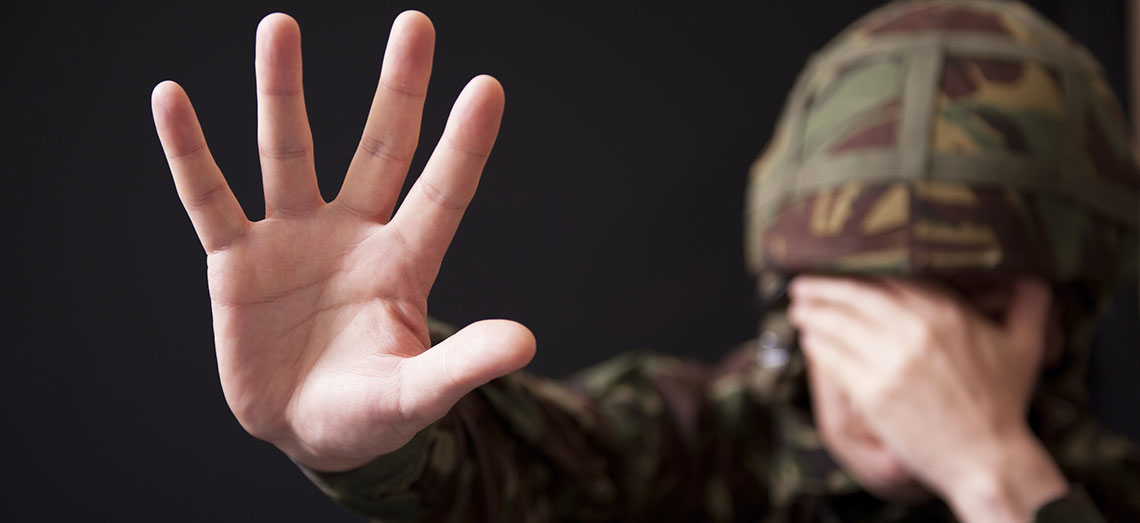Having this feeling occasionally is normal, but if anxiety interferes with your everyday life, it may indicate a disorder. Anxiety is a feeling of nervousness or unease.
Feeling anxious from time to time is normal.
Anxiety — part of the body's natural reaction to stress — can even be helpful at times, making you more alert and ready for action. But anxiety disorders differ from normal feelings of anxiousness. When feelings of fear or nervousness become excessive, difficult to control, or interfere with daily life, it's called an anxiety disorder. Anxiety disorders are among the most common mental disorders. There are a variety of anxiety disorders, including:
- Phobias, such as agoraphobia
- Panic disorder
- Social anxiety
- Obsessive-compulsive disorder (OCD)
- Generalized anxiety disorder (GAD)
Prevalence
Anxiety disorders are very common. The Centers for Disease Control and Prevention (CDC) estimates that around 15 percent of people will have an anxiety disorder during their lifetime. Women are 60 percent more likely than men to be diagnosed with an anxiety disorder. Many people first develop symptoms of an anxiety disorder during childhood. The average age of onset for anxiety disorders is 11.
What Causes Anxiety?
Many factors can cause anxiety disorders. Experts believe most anxiety disorders are caused by a combination of personal experiences and yet-to-be-discovered genetic factors. Anxiety disorders may run in families. Children of parents with anxiety disorders are more likely to have a disorder themselves. A stressful or traumatic event, such as the death of a loved one, can lead to the development of an anxiety disorder in some people. Not everyone who experiences a traumatic event develops an anxiety disorder, and not everyone with an anxiety disorder has faced a traumatic event.
Depression and Anxiety
Depression and anxiety disorders are different, but it's common for someone with an anxiety disorder to suffer from depression, too. About half of all people diagnosed with depression also have an anxiety disorder, according to the Anxiety and Depression Association of America. People with depression often experience symptoms similar to those of an anxiety disorder, but this doesn't necessarily mean they have an anxiety disorder. Symptoms that may indicate either condition include:
- Nervousness
- Irritability
- Problems sleeping
- Difficulty concentrating
Anxiety in Children and Teens
Anxiety disorders are the most common psychiatric disorders to show up during childhood. Parents of children and teens with anxiety disorders often report a number of symptoms or behaviors, including:
- Avoiding academic or social activities
- Physical symptoms (headaches, stomachaches)
- Sleep problems
- Excessive need for reassurance (generally related to fear of bad things happening)
- Poor school performance
- Behavioral outbursts
- Eating problems (not eating enough or eating too much)
Types of Anxiety
There are several types of anxiety disorders, including:
- Generalized anxiety disorder (GAD): People with this condition experience worries that interfere with daily activities and won't go away.
- Panic disorder: People with this anxiety disorder have recurrent panic attacks.
- Phobias: These conditions are marked by excessive and persistent fears of a specific object or activity that isn't usually harmful.
- Social anxiety disorder (social phobia): Some people experience extreme discomfort with social interactions, often leading them to avoid social situations.
- Separation anxiety disorder: This is an excessive fear of being separated from another person, such as a parent.
- Post-traumatic stress disorder (PTSD): This condition is no longer classified as an anxiety disorder by the American Psychiatric Association, although it involves persistent anxiety or fear following a traumatic or life-threatening event.
